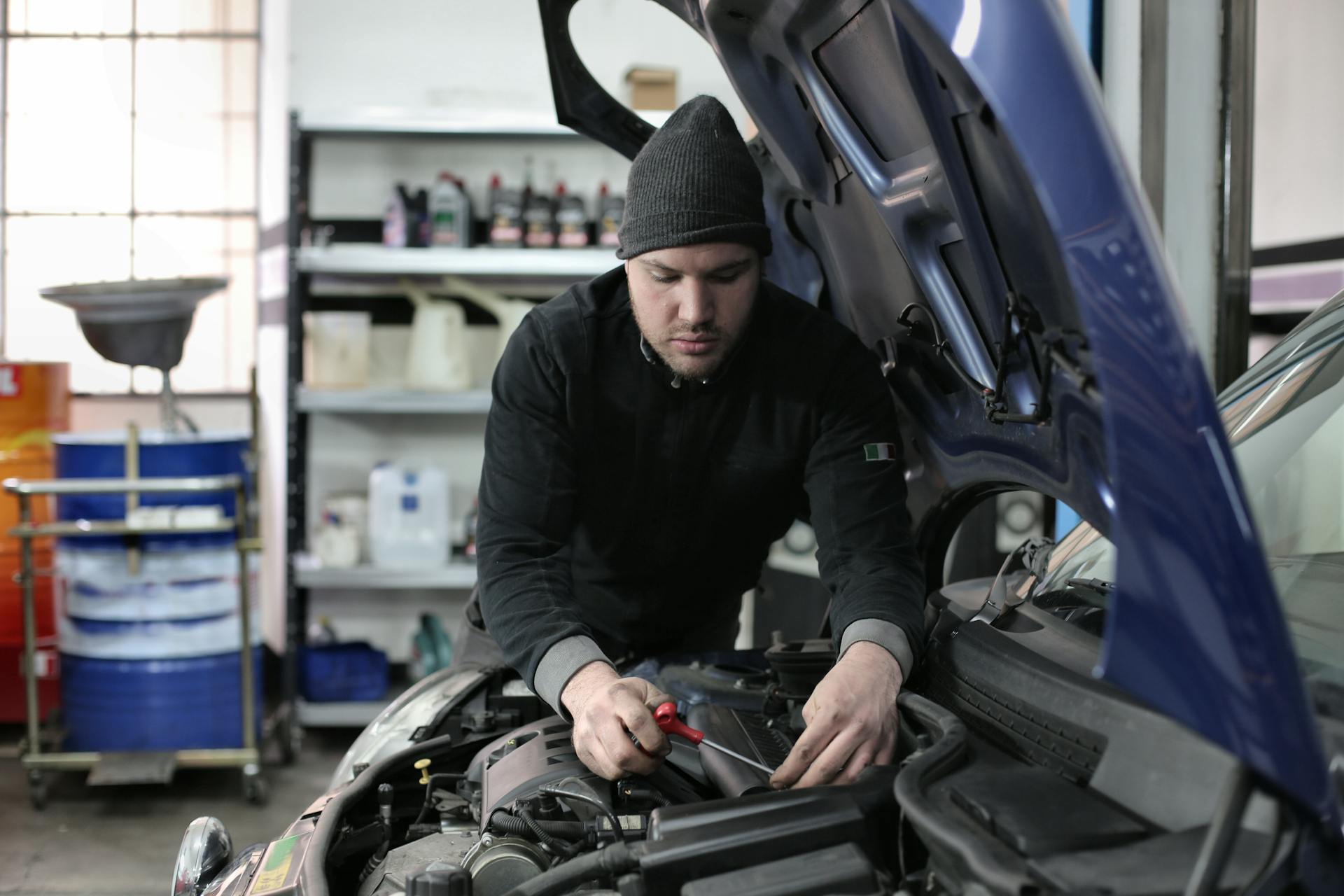In the world of automotive engineering, the term “wheel end” may not be as commonly recognized as more familiar components like the engine or transmission. However, the wheel end is a critical part of a vehicle’s overall structure, playing a pivotal role in ensuring both performance and safety. Understanding the intricacies of wheel end technology provides valuable insight into its importance and the advancements shaping its development.
What is a Wheel End?
The wheel end refers to the assembly located at the end of the vehicle’s axle, where the wheel and tire are mounted. It comprises several key components, including the wheel hub, bearings, brake system (disc or drum), and various seals and fasteners. Together, these elements facilitate the wheel’s rotation and support the vehicle’s weight while also contributing to braking and handling performance.
Key Components of a Wheel End
- Wheel Hub: The wheel hub is the central part of the wheel end assembly to which the wheel is attached. It usually houses the wheel bearings and may include provisions for mounting brake components.
- Bearings: Wheel bearings are crucial for allowing smooth rotation of the wheel with minimal friction. There are typically two types of bearings used in wheel ends: ball bearings and tapered roller bearings. These bearings must withstand significant loads and rotational speeds.
- Brakes: The braking system at the wheel end can include disc brakes or drum brakes. Disc brakes, which are more common in modern vehicles, consist of a rotor and caliper assembly. Drum brakes have a drum and brake shoe arrangement. Both systems rely on hydraulic pressure to apply the brakes and stop the vehicle.
- Seals and Fasteners: Seals protect the bearings and other internal components from contaminants such as dirt and moisture, ensuring longevity and performance. Fasteners secure the various parts of the wheel end assembly, maintaining structural integrity.
The Role of Wheel Ends in Vehicle Performance
The wheel end is integral to a vehicle’s performance, influencing several key aspects:
- Handling and Stability: The wheel end components contribute to the vehicle’s handling and stability. Properly functioning bearings and suspension components ensure smooth and predictable responses to steering inputs, enhancing driving dynamics and safety.
- Braking Efficiency: The brake components within the wheel end directly impact braking performance. High-quality rotors, calipers, and pads provide better stopping power and heat dissipation, reducing the risk of brake fade during prolonged or intense use.
- Load Bearing: The wheel end supports a significant portion of the vehicle’s weight, especially during acceleration, deceleration, and cornering. Durable and well-maintained wheel ends are essential for maintaining vehicle balance and preventing uneven tire wear.
Advancements in Wheel End Technology
As automotive technology advances, so does wheel end technology. Several notable innovations have emerged to enhance performance, safety, and reliability.
- Integrated Wheel End Systems: Modern vehicles increasingly utilize integrated wheel end systems where components such as the hub, bearing, and ABS sensor are combined into a single unit. This integration simplifies assembly, reduces weight, and enhances reliability.
- Advanced Materials: The use of advanced materials, such as lightweight alloys and high-strength composites, has improved the durability and performance of wheel end components. These materials offer superior resistance to wear and corrosion while reducing overall vehicle weight for better fuel efficiency.
- Electronic Stability Control (ESC): ESC systems rely on sensors within the wheel end to monitor wheel speed and detect loss of traction. By selectively applying brakes to individual wheels, ESC helps maintain vehicle stability during challenging driving conditions, reducing the risk of skidding or rollovers.
- Condition Monitoring: Advances in sensor technology have enabled real-time condition monitoring of wheel end components. Sensors can detect early signs of wear or damage, allowing for proactive maintenance and reducing the likelihood of catastrophic failures.
- Electric and Hybrid Vehicles: The rise of electric and hybrid vehicles has brought new challenges and opportunities for wheel end technology. These vehicles often feature regenerative braking systems, which require specialized components to efficiently capture and store energy during braking.
Maintenance and Safety Considerations
Proper maintenance of wheel end components is essential for ensuring vehicle safety and longevity. Regular inspections and servicing can identify potential issues before they become serious problems. Key maintenance tasks include:
- Bearing Lubrication: Ensuring that wheel bearings are adequately lubricated reduces friction and prevents premature wear. Some modern vehicles use sealed bearings that are maintenance-free, but older models may require periodic greasing.
- Brake Inspections: Regularly checking brake pads, rotors, and calipers for wear and damage is crucial for maintaining effective braking performance. Worn or damaged brake components should be replaced promptly.
- Seal Integrity: Inspecting seals for leaks or damage helps prevent contaminants from entering the wheel end assembly, protecting internal components from wear and corrosion.
- Torque Settings: Ensuring that all fasteners are correctly torqued prevents components from becoming loose and compromising the wheel end’s structural integrity.
Conclusion
Wheel end technology may not always be at the forefront of automotive discussions, but its significance cannot be understated. As a critical interface between the vehicle and the road, the wheel end plays a vital role in ensuring performance, safety, and reliability. With ongoing advancements and proper maintenance, wheel end systems continue to evolve, contributing to the overall progress of automotive engineering. Understanding and appreciating this essential component helps us recognize the complexities and innovations that keep our vehicles running smoothly and safely.







